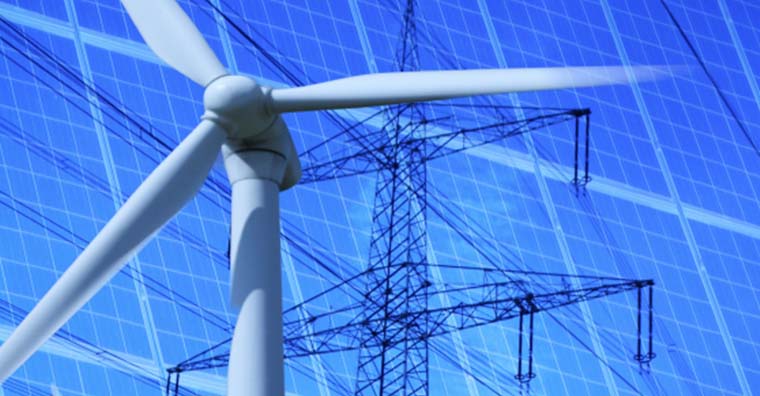The new American energy revolution is driving our economy in ways that were unimaginable five years ago. The abundance of domestic shale energy has the potential to transform the United States into a net exporter of energy in a few short years while lowering the cost of domestic manufacturing substantially—perhaps enough to start an inflow of manufacturing jobs once outsourced to lower wage countries.
As shale energy continues to expand so does the commitment to renewable fuels. It was recently reported that California added more solar capacity in 2013 than it did in the previous 30 years combined. With the exception of health care, there may be no other policy area where the battles of the next year will have such a great and long last effect as energy. Here are four areas to watch:
- Green House Gases: The debate over emission levels gets ratcheted up this year. After receiving more than 2.5 million comments, the EPA issued its proposed rule for new fossil-fuel electricity generators. The proposed rule includes the implementation of carbon capture and storage for coal fired plants and a separate set of performance standards for natural gas fired turbines. In addition, it is expected that EPA will release proposed rules for existing plants later this year. The battle over GHGs will be fierce and, no doubt, be a major issue in the mid-term elections.
- Energy Exports: This week saw Senator Murkowski and API’s Jack Gerard call for the lifting of the 1973 ban on the export of U.S. crude-oil. While refined products can be exported, crude can’t be and most producers want to that to change. The interesting dynamic is among the refiners, who as a generally pro-free trade group are seeing some dissension among their ranks about keeping the ban. Let’s not leave natural gas exports out of the mix. Approvals for roughly 15 projects to export LNG have been moving at a glacial pace. Although the expectation is that a much smaller number of facilities would be ultimately built, proponents are still waiting to see the first approved.
- Energy Transportation: 2013 reminded us that getting America’s natural gas and crude oil from the source to consumers, manufacturers and refiners is not without serious risk. Several major accidents including pipeline explosions, leaks, and rail accidents illustrated the dangers associated with energy transportation. Policymakers and industry need to respond to these risks through a variety of initiatives that support better infrastructure investments, improve safety and protect the environment without unnecessarily increasing the cost. Not an easy task and one that will be widely influenced by many interests.
- The Grid: The need to improve our national power transmission system will start to get a lot more attention during 2014. For years, experts have been saying our grid is getting old, too inefficient, overburdened and even “third world like”; however, the impetus to improve has never really gotten traction. The attention has been on power generation and controlling emissions. With more energy coming from diffuse sources, including a need to integrate remote sources like wind farms and the dramatic growth of individual solar energy, improving the efficiency of transmission and storage of energy become more important. Look for a greater dialogue on improving our grid to begin this year.
Highlighting only four areas to watch in energy policy in 2014 does not do the sector justice. The list could easily include comments on the Renewable Fuel Standard, the Keystone Pipeline and several other high profile issues.
We foresee America’s new energy revolution having a substantial effect on the areas where we have long supported clients: manufacturing; utilities, transportation, chemicals and even health care. What do you see coming up in 2014?

